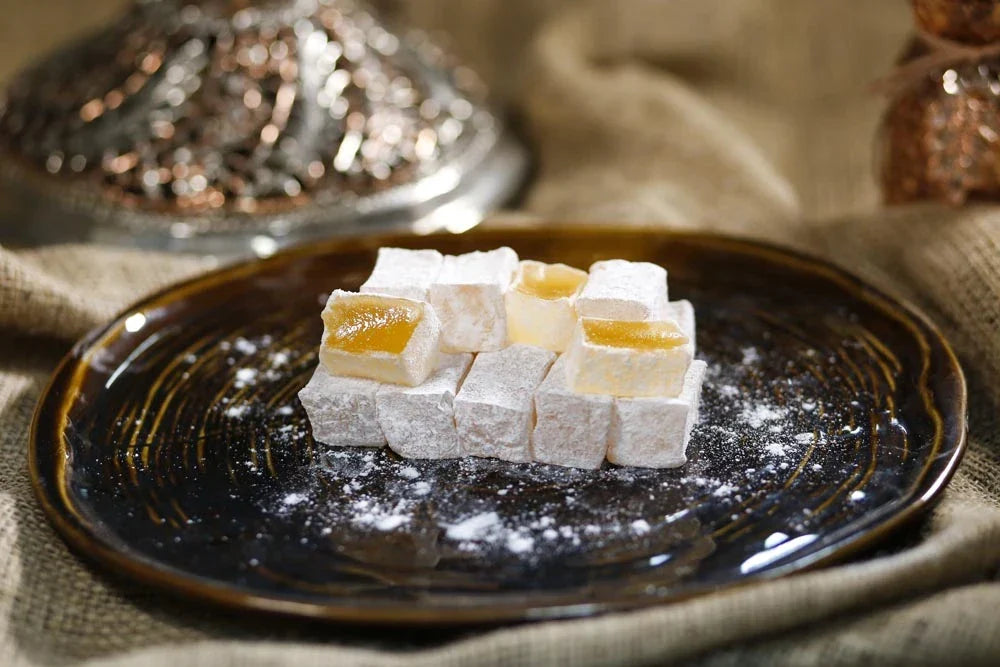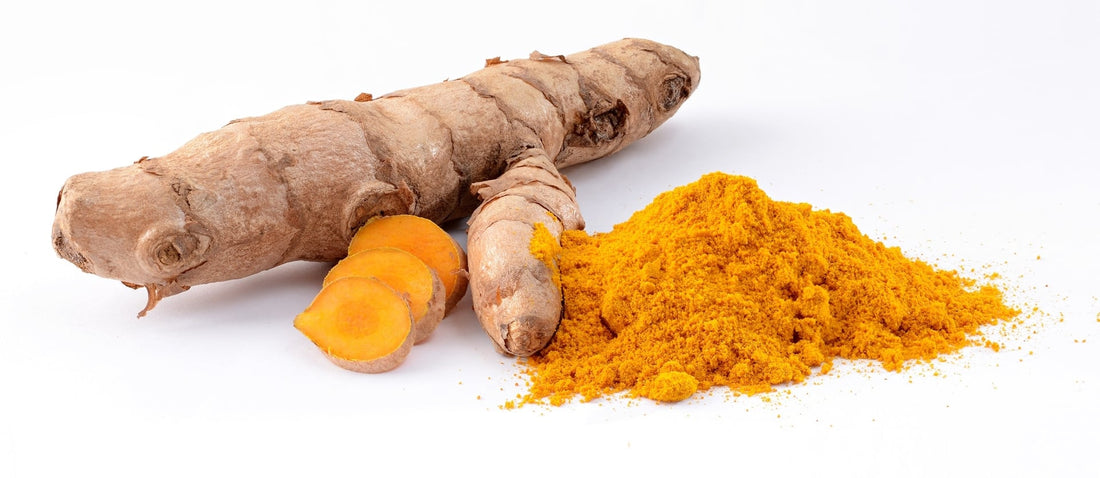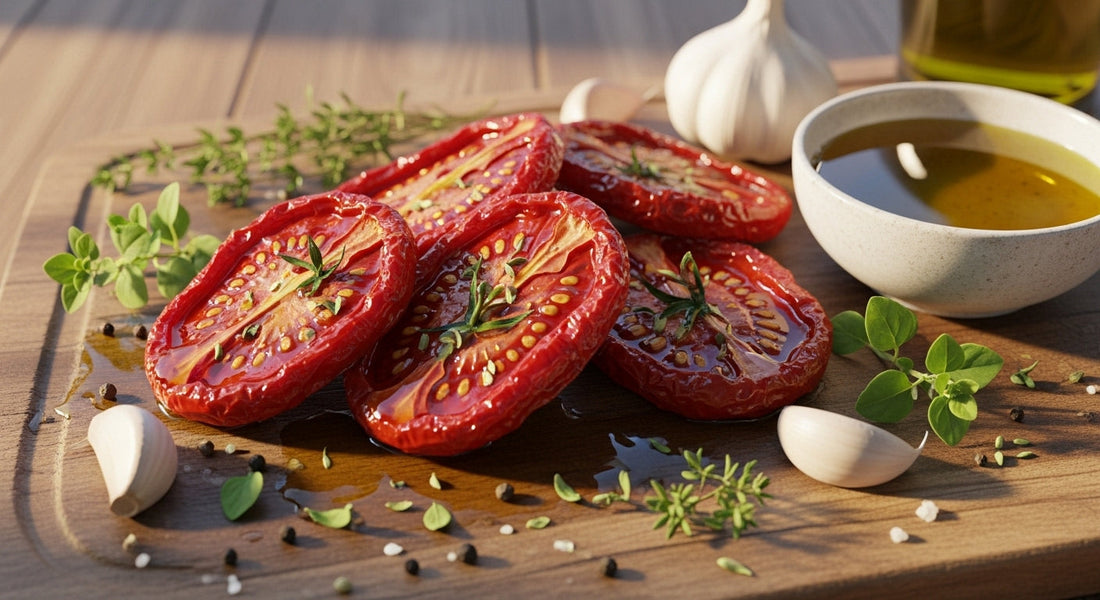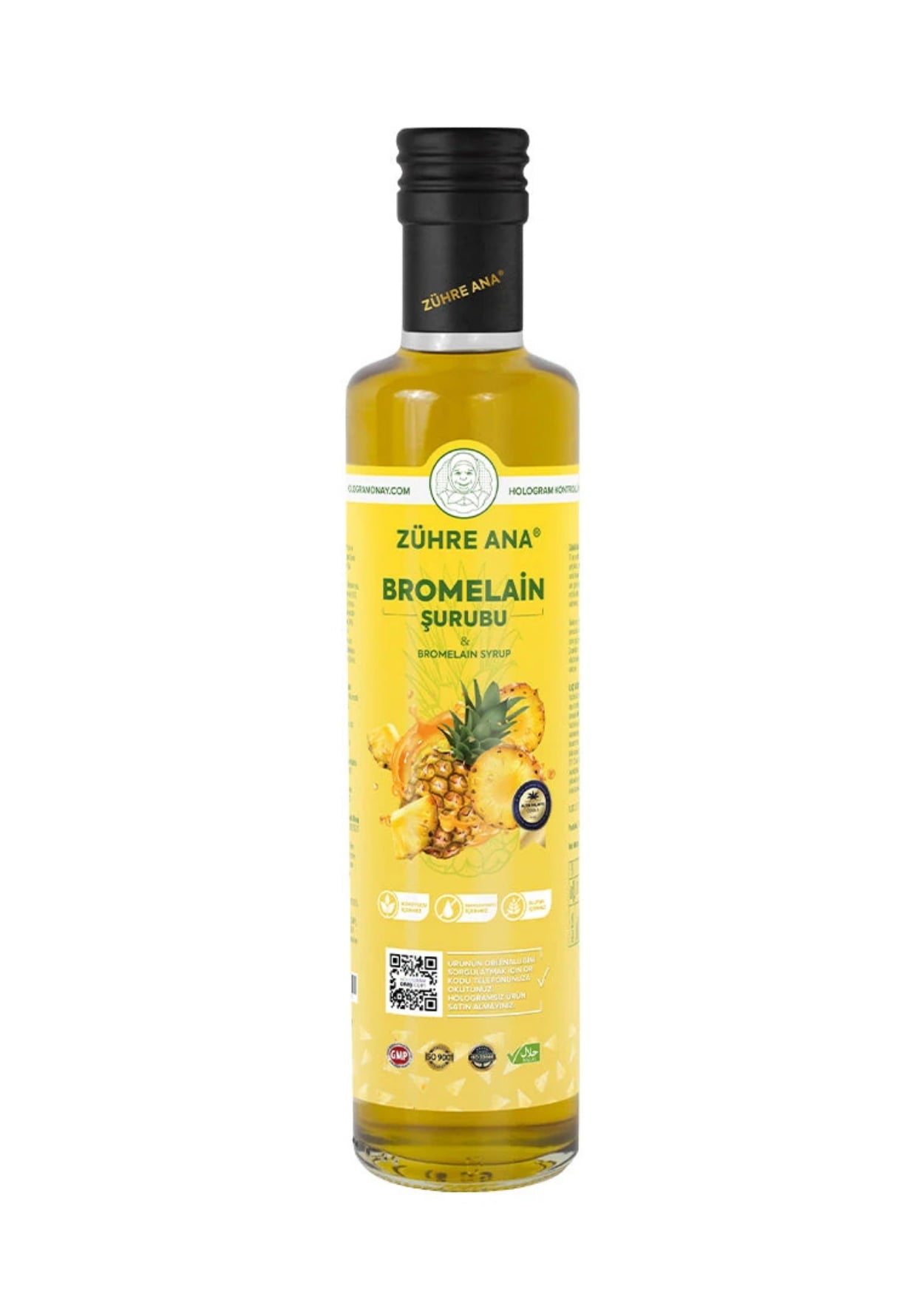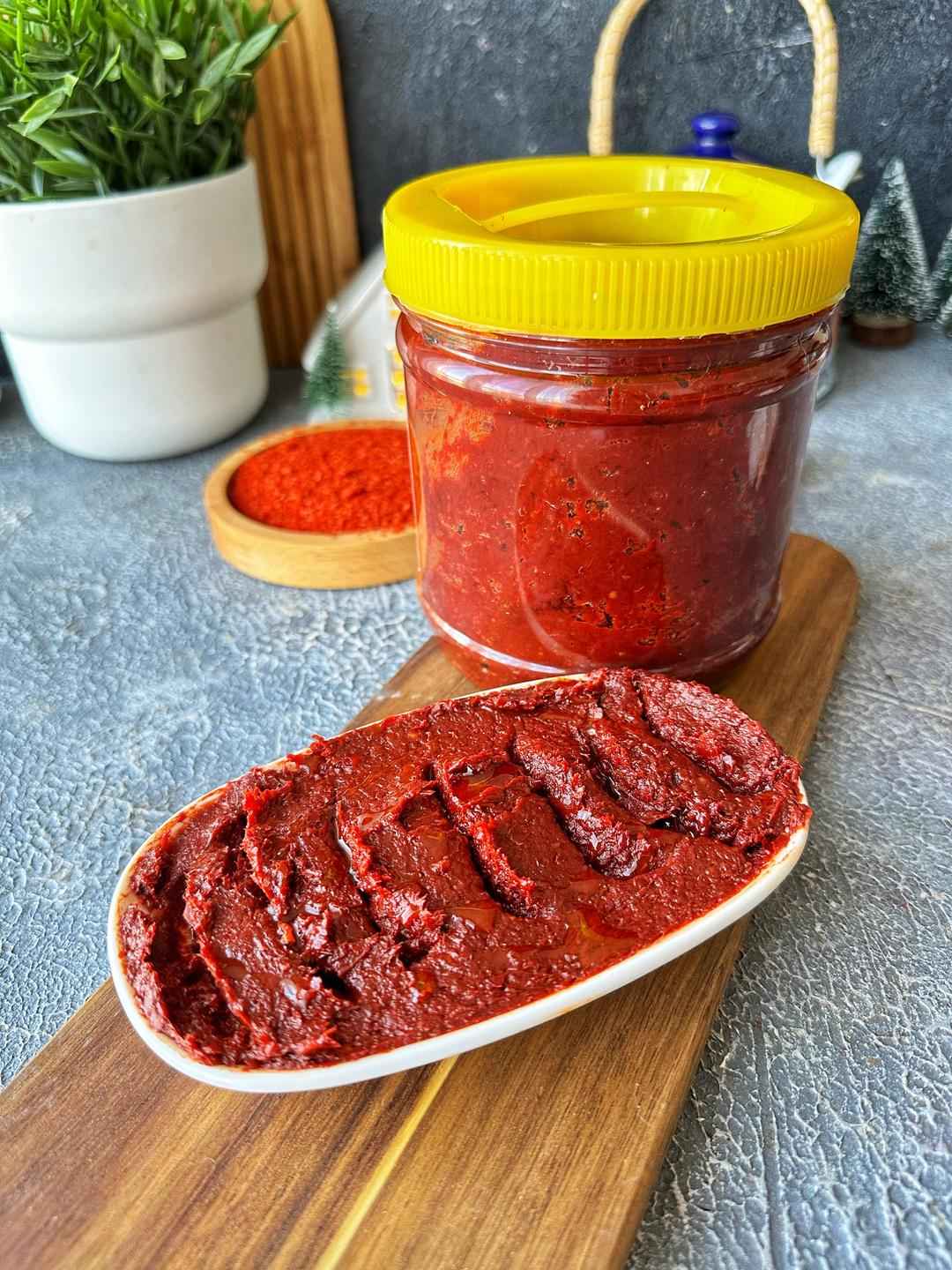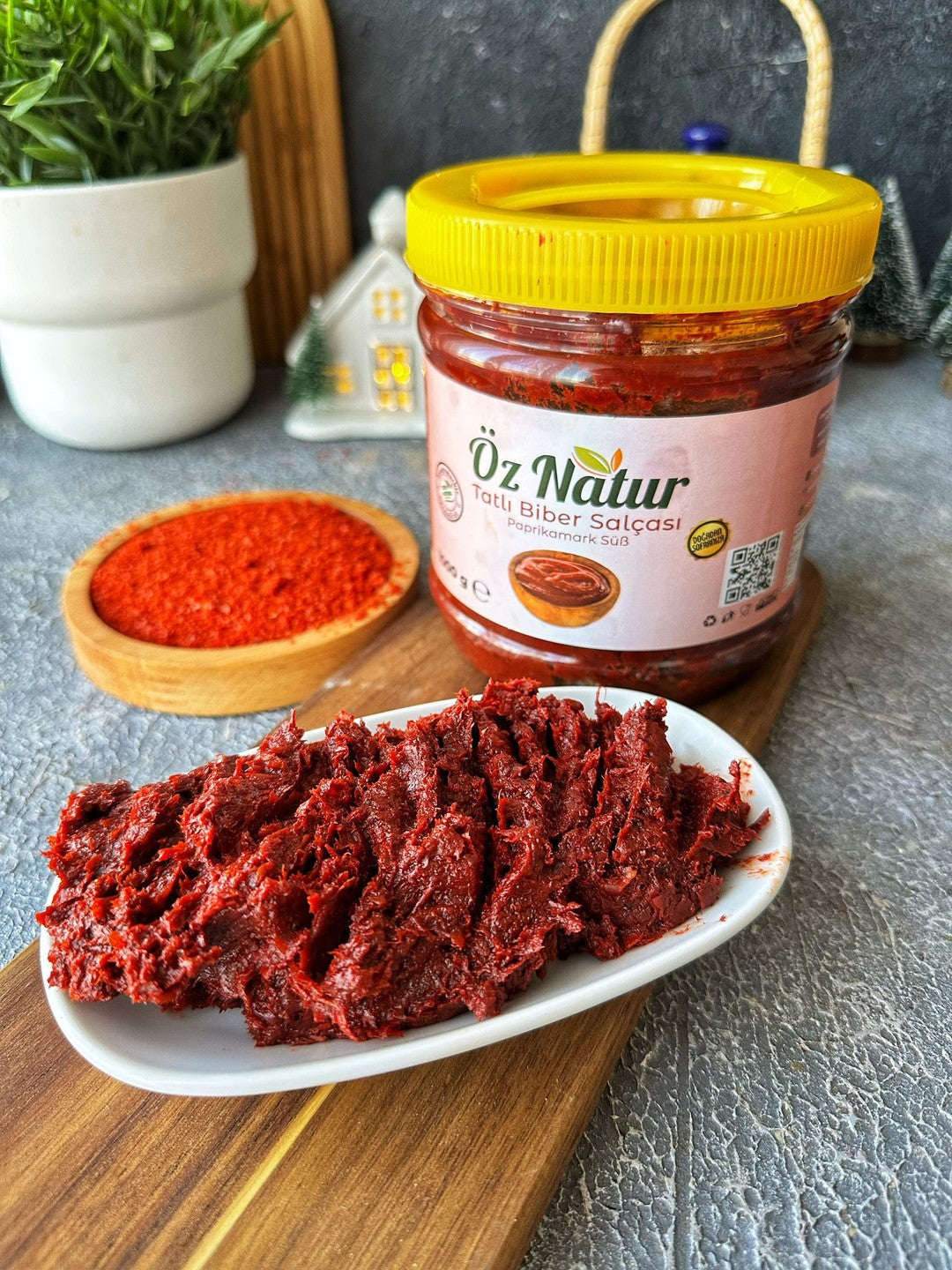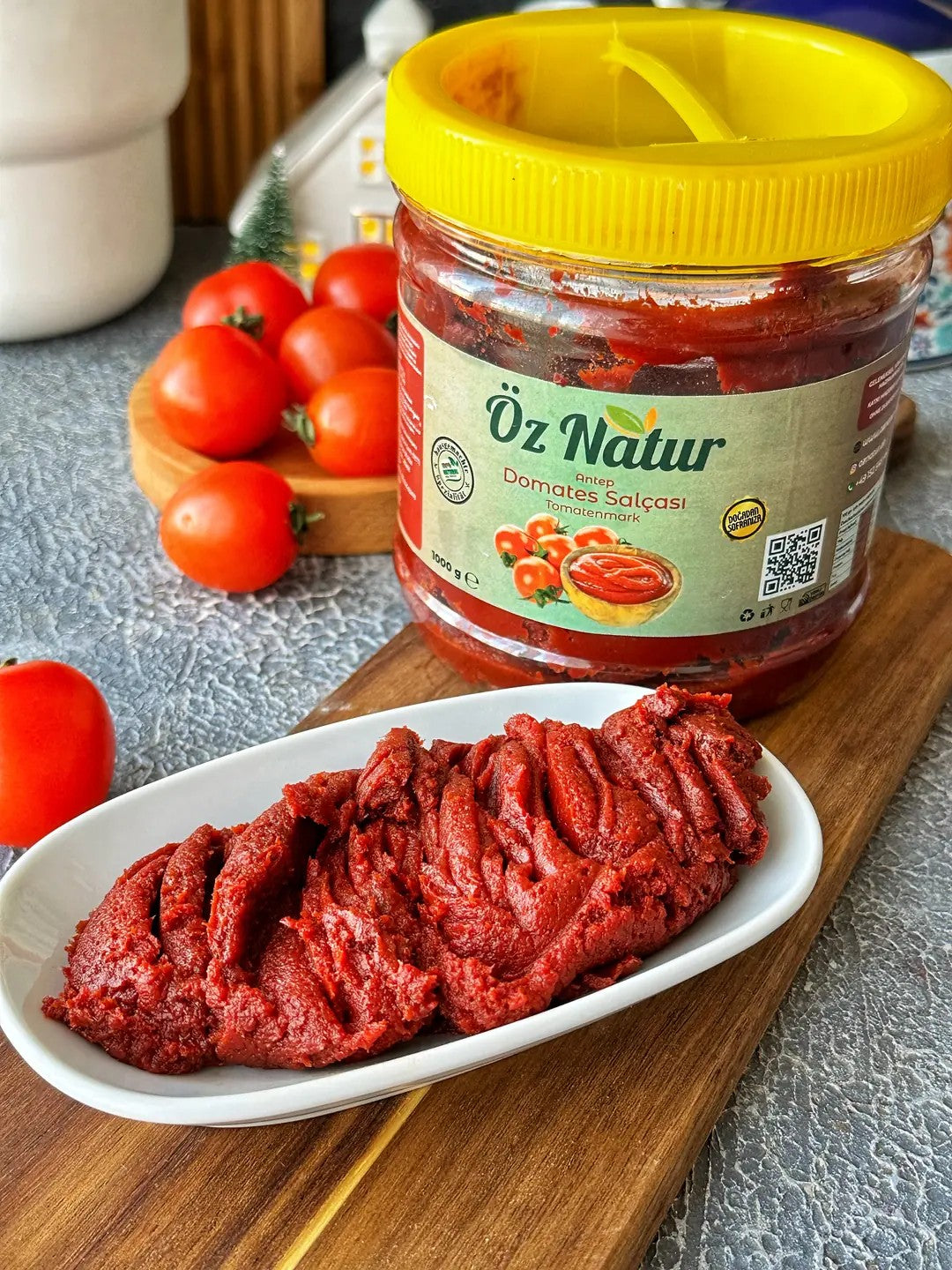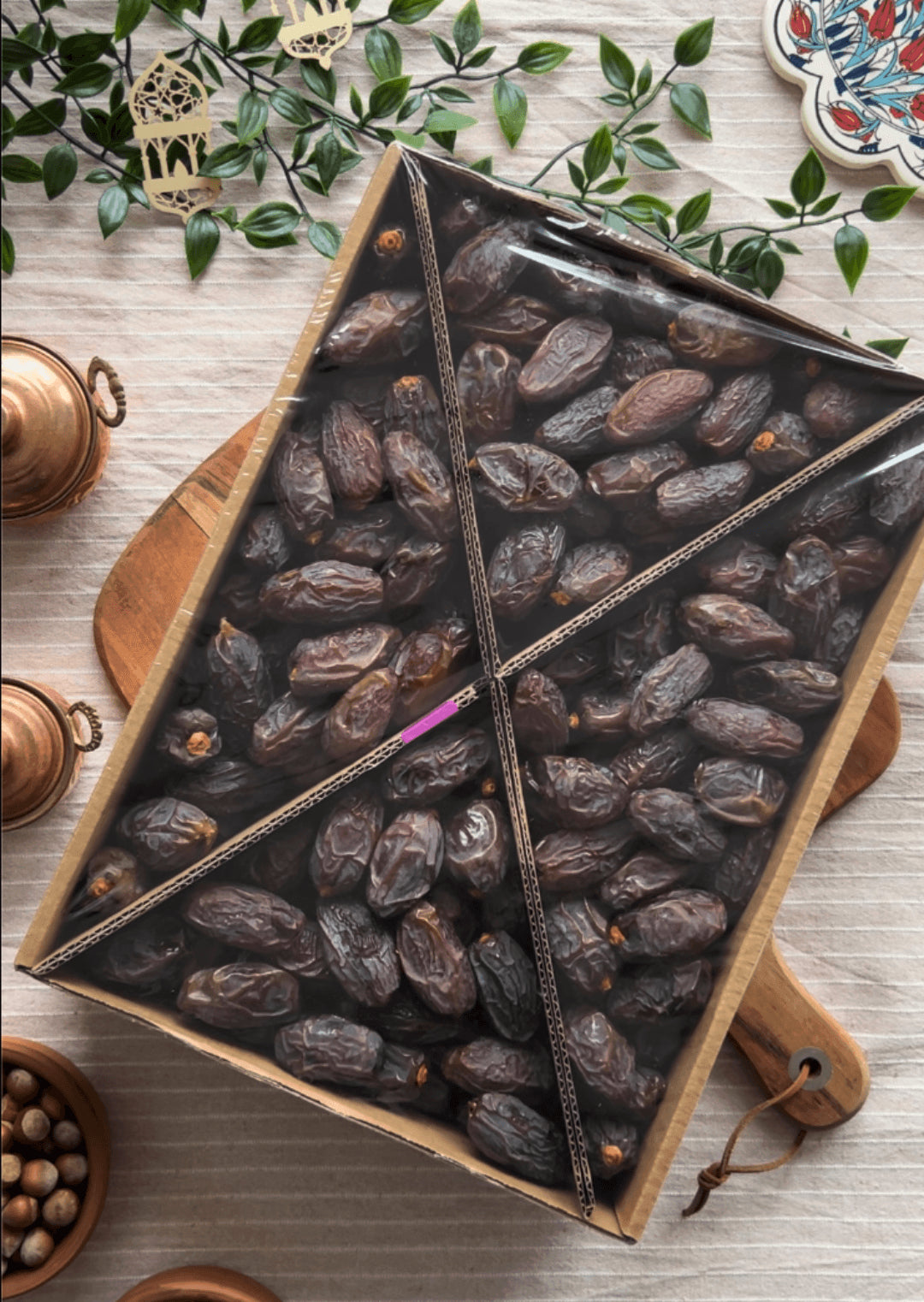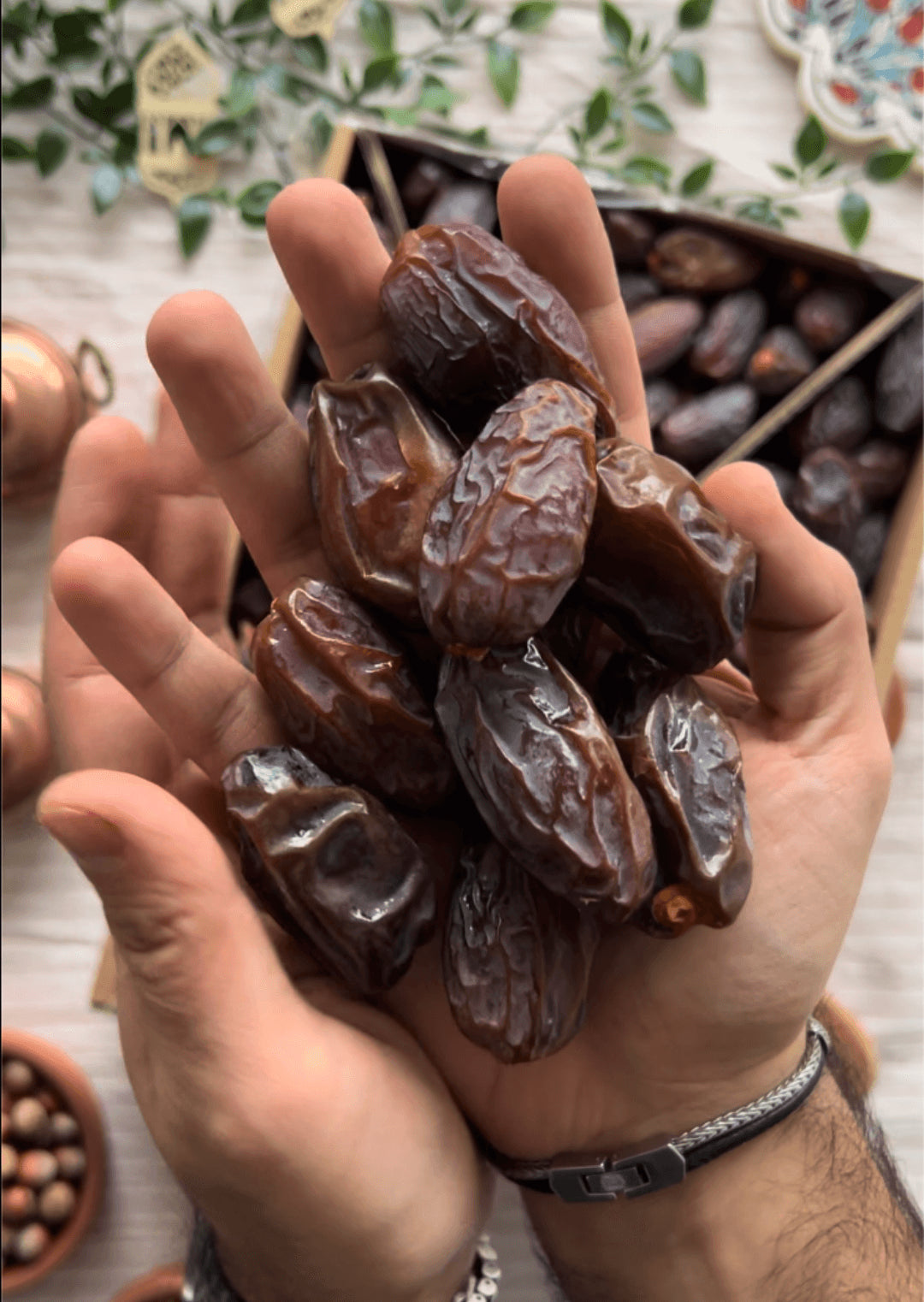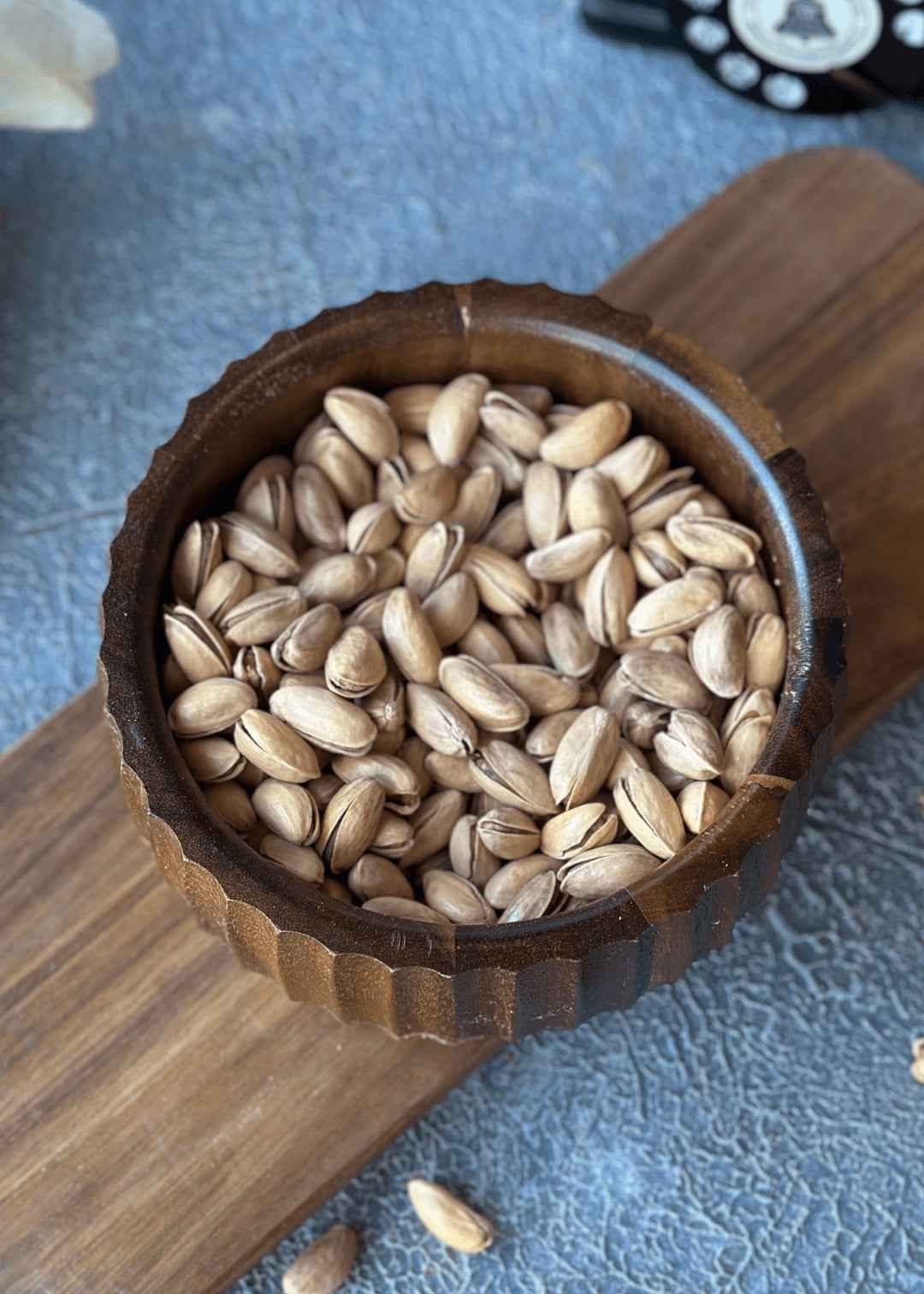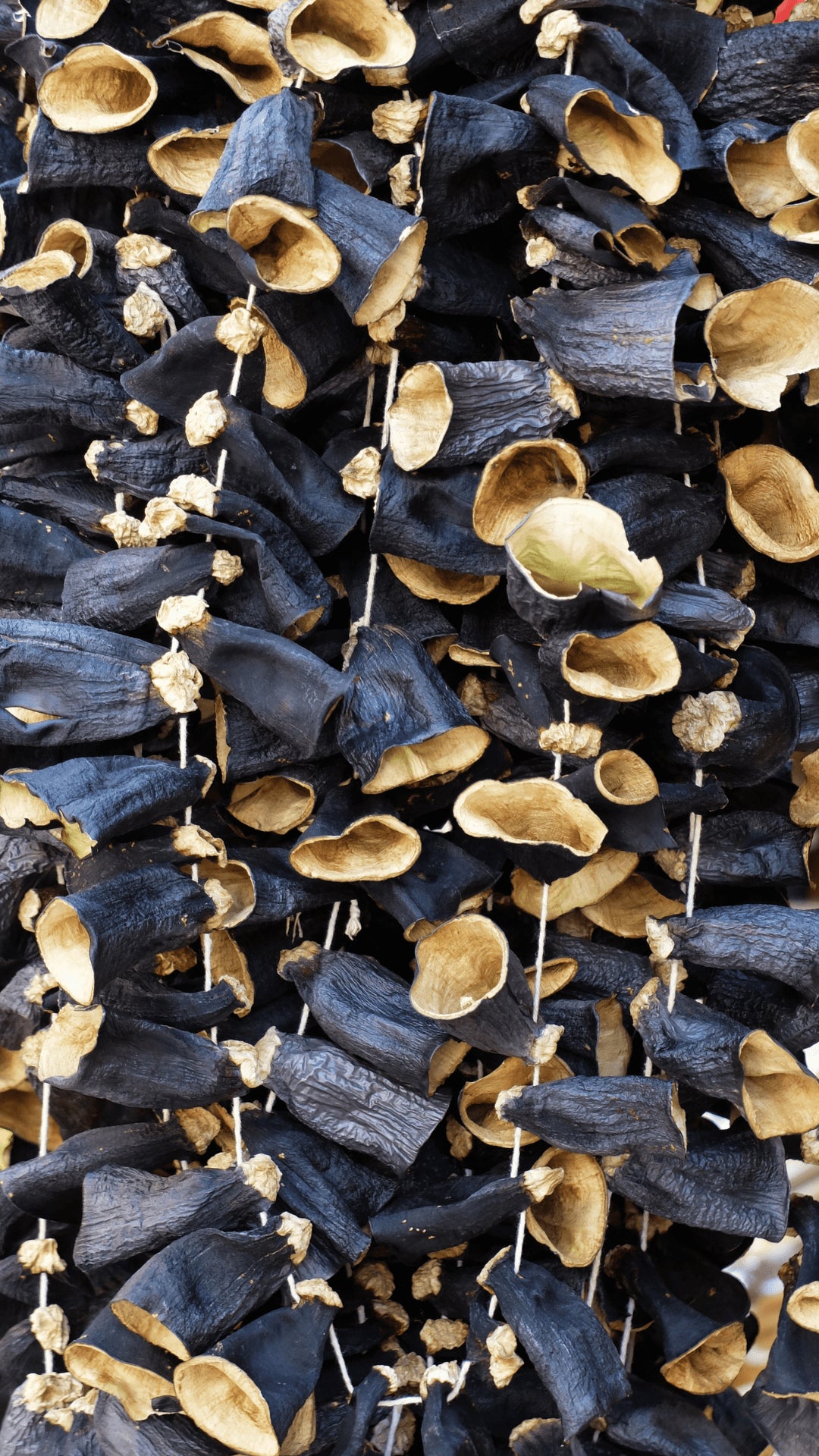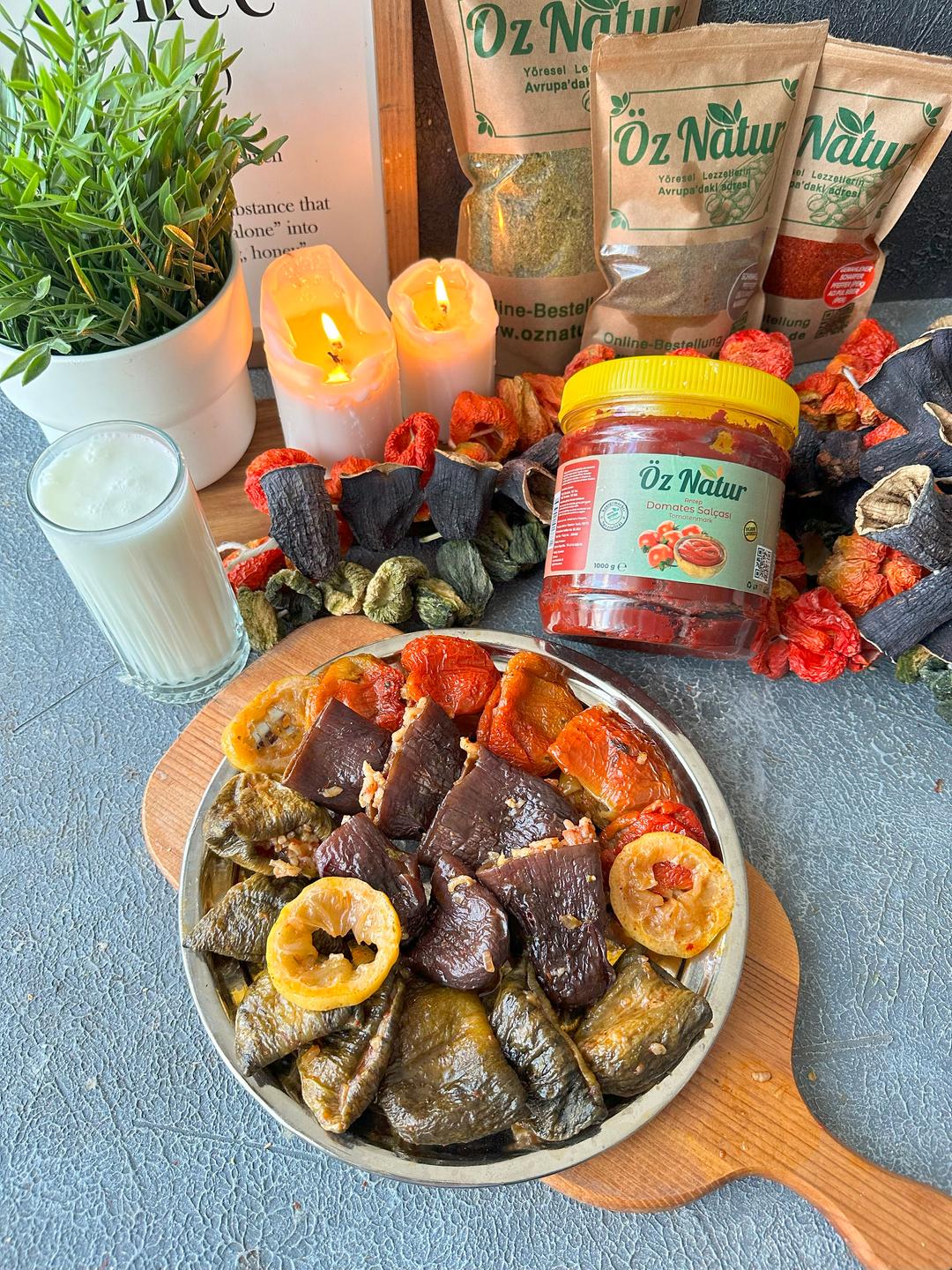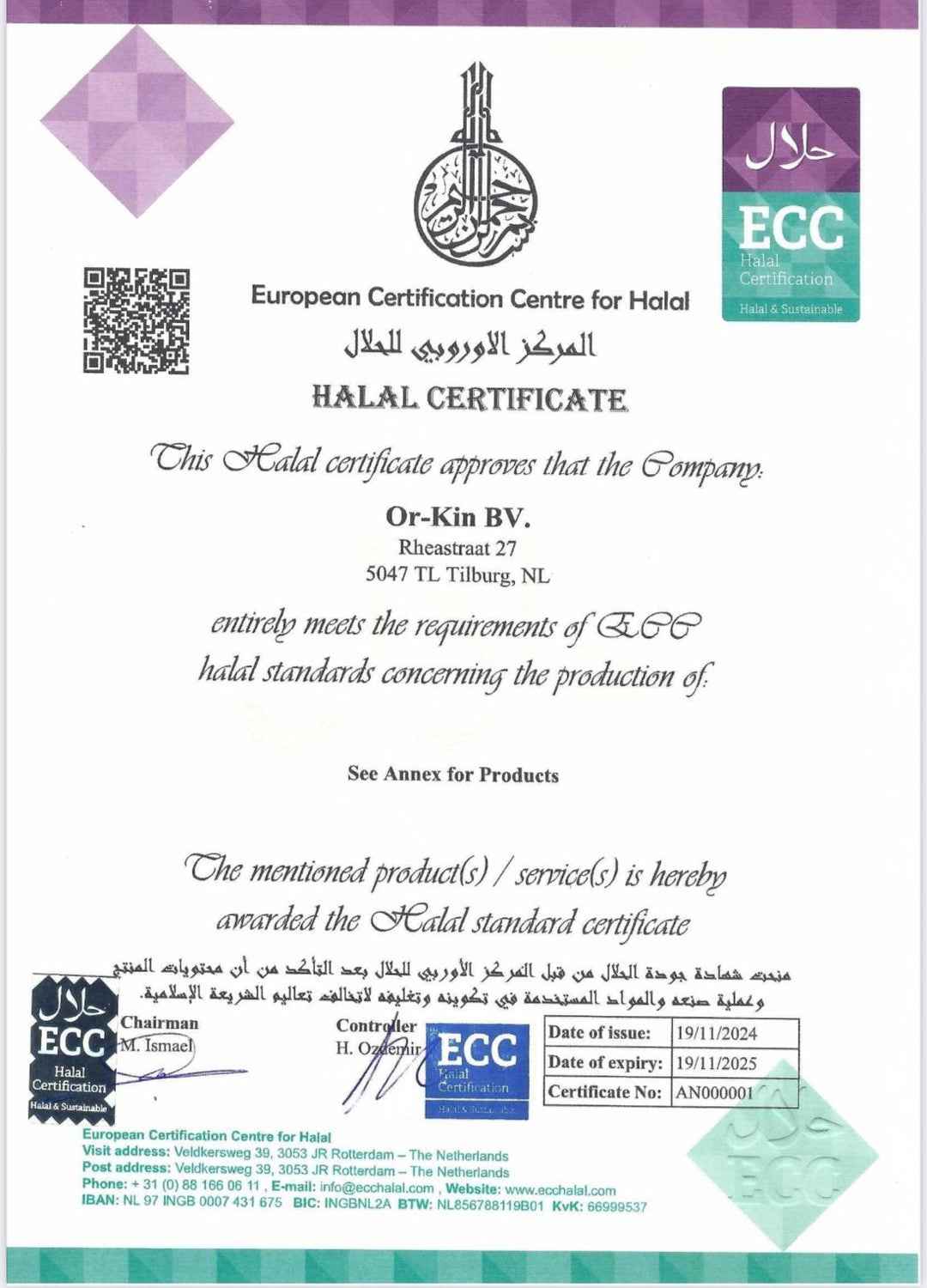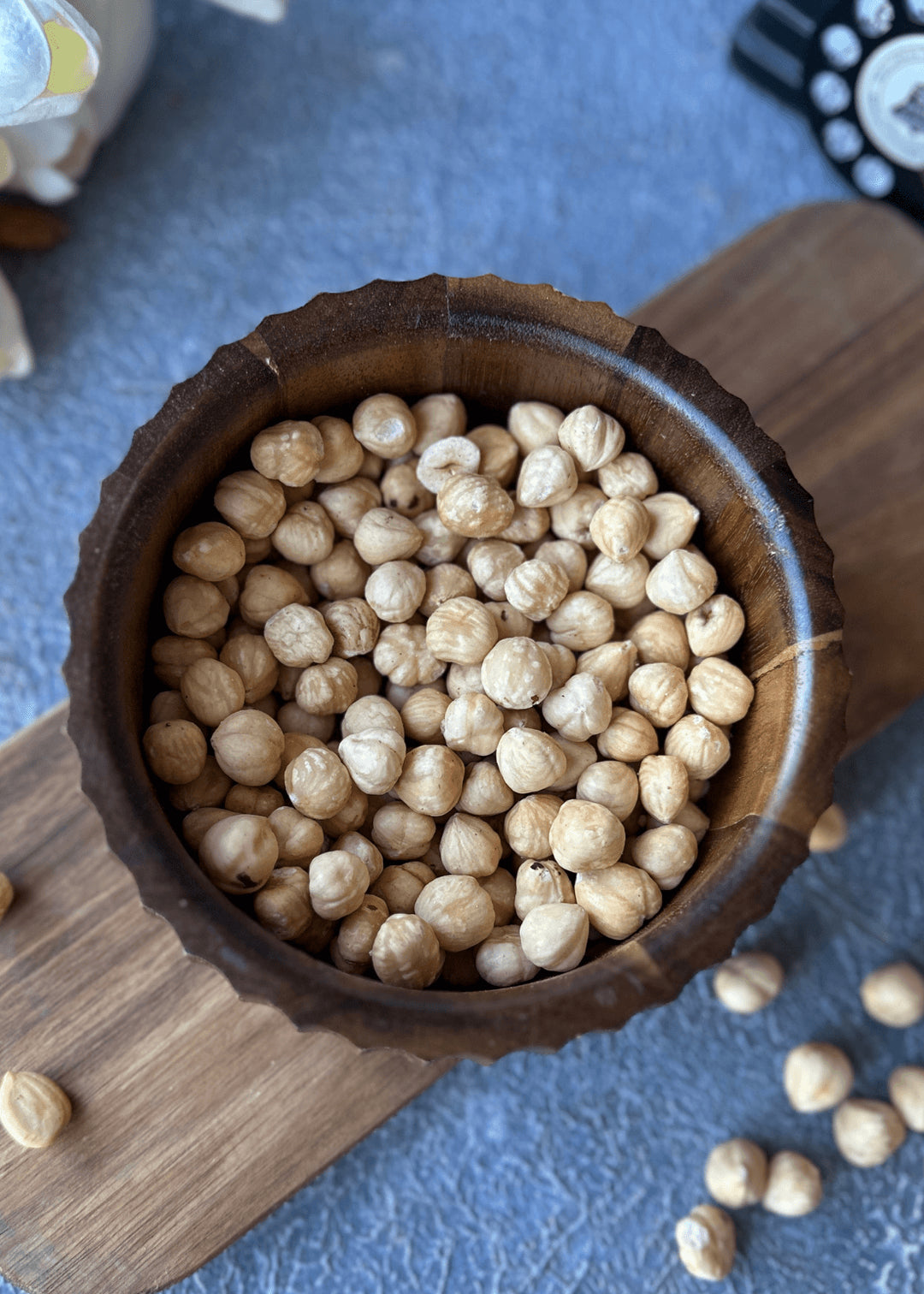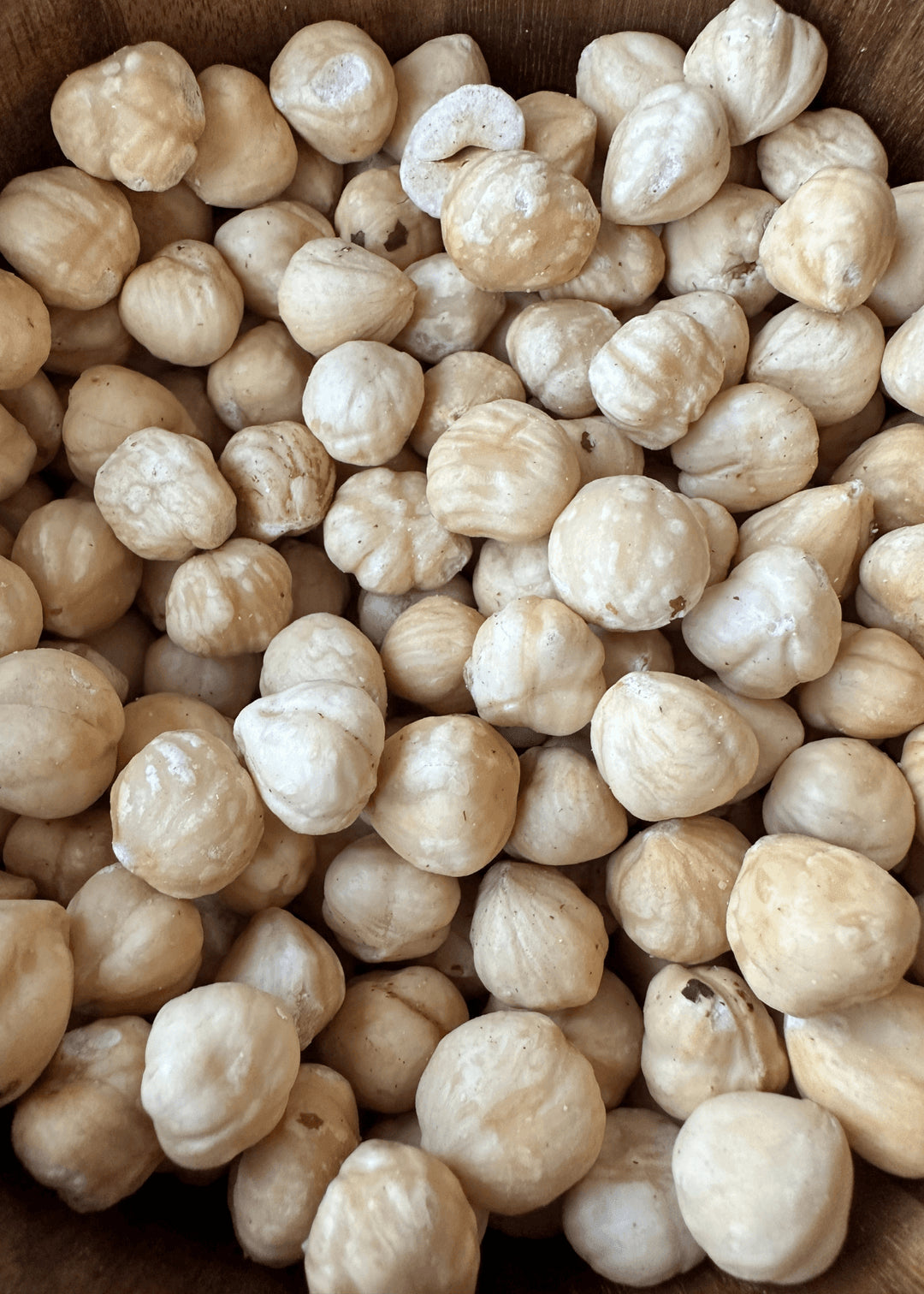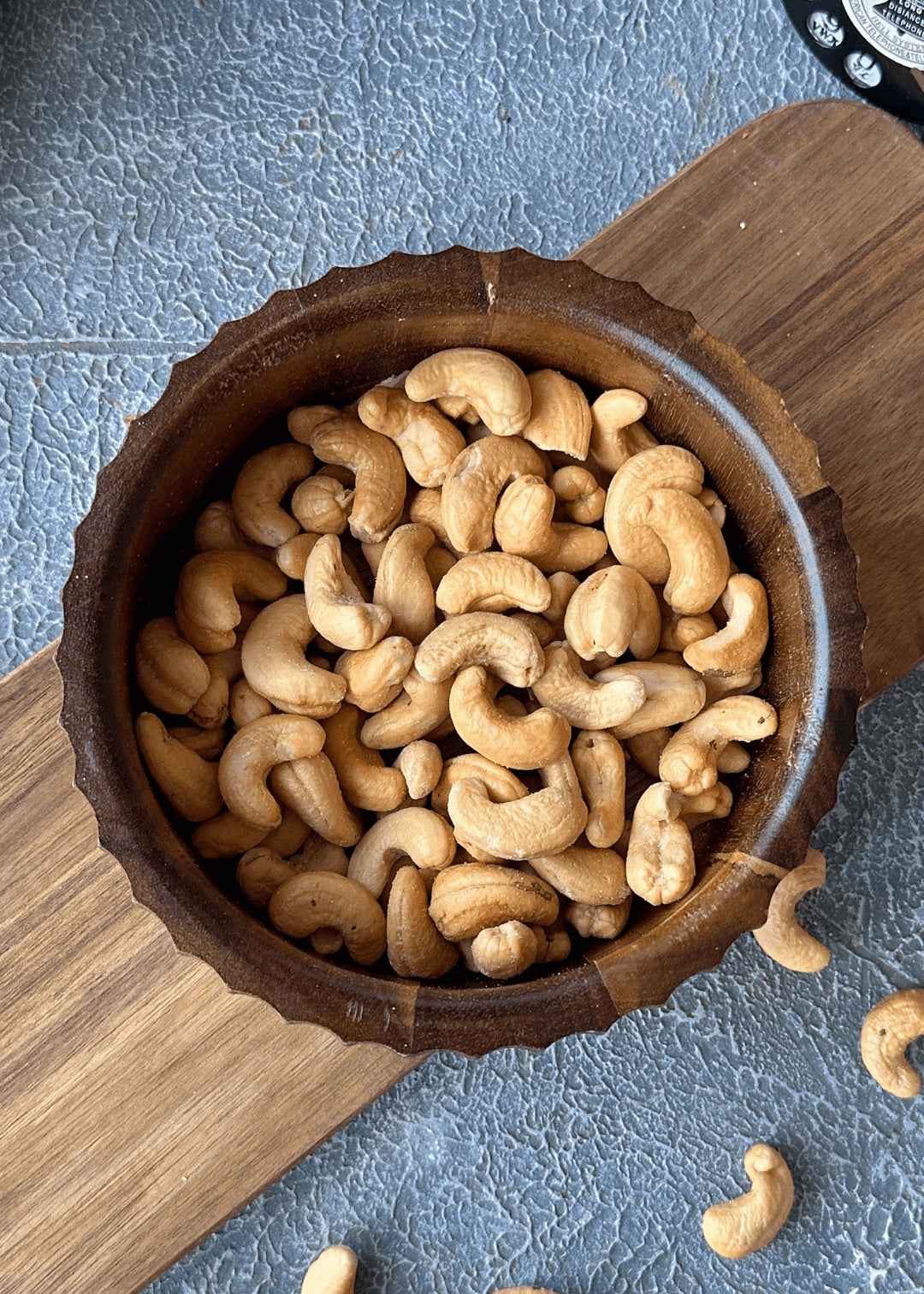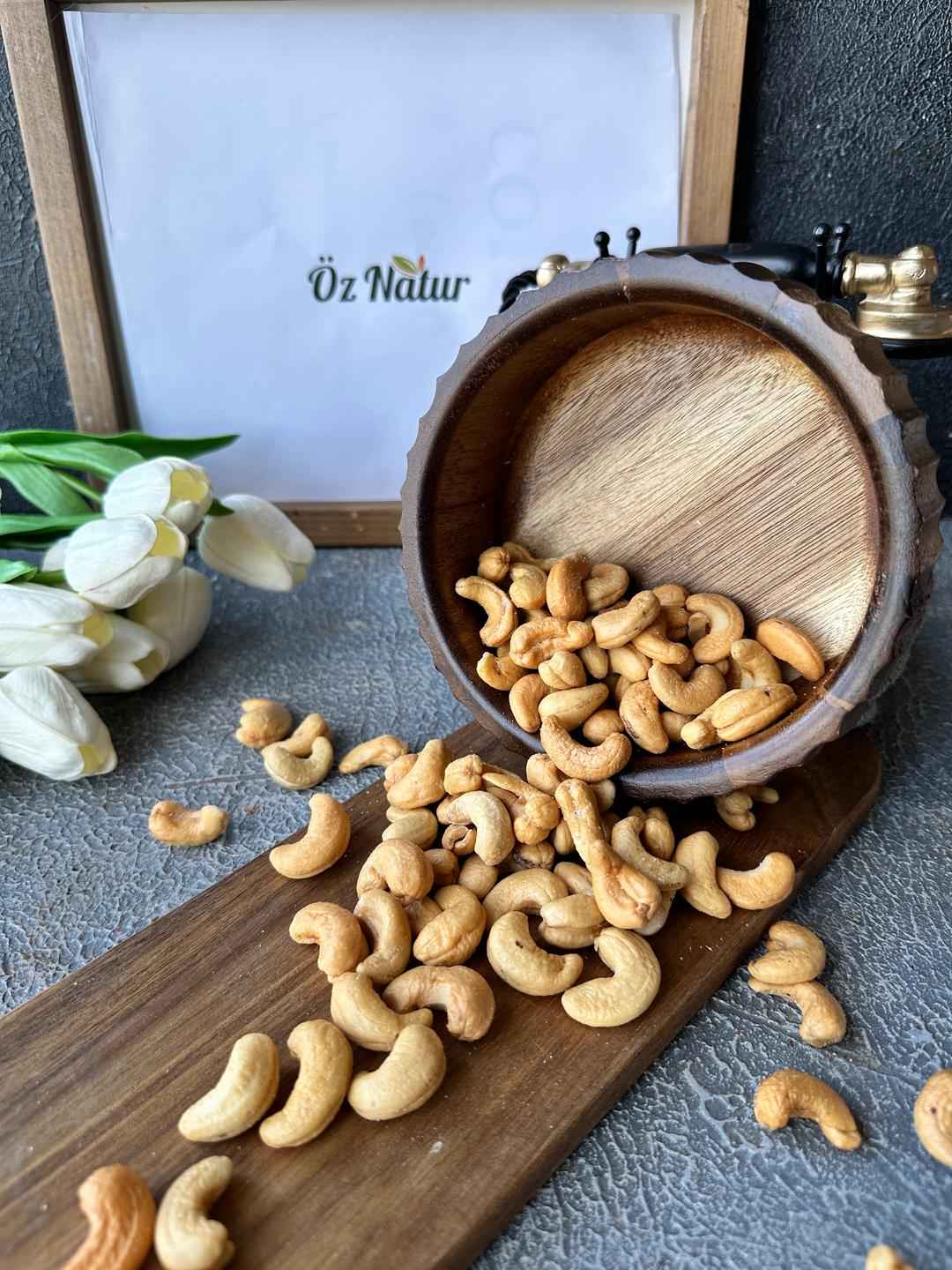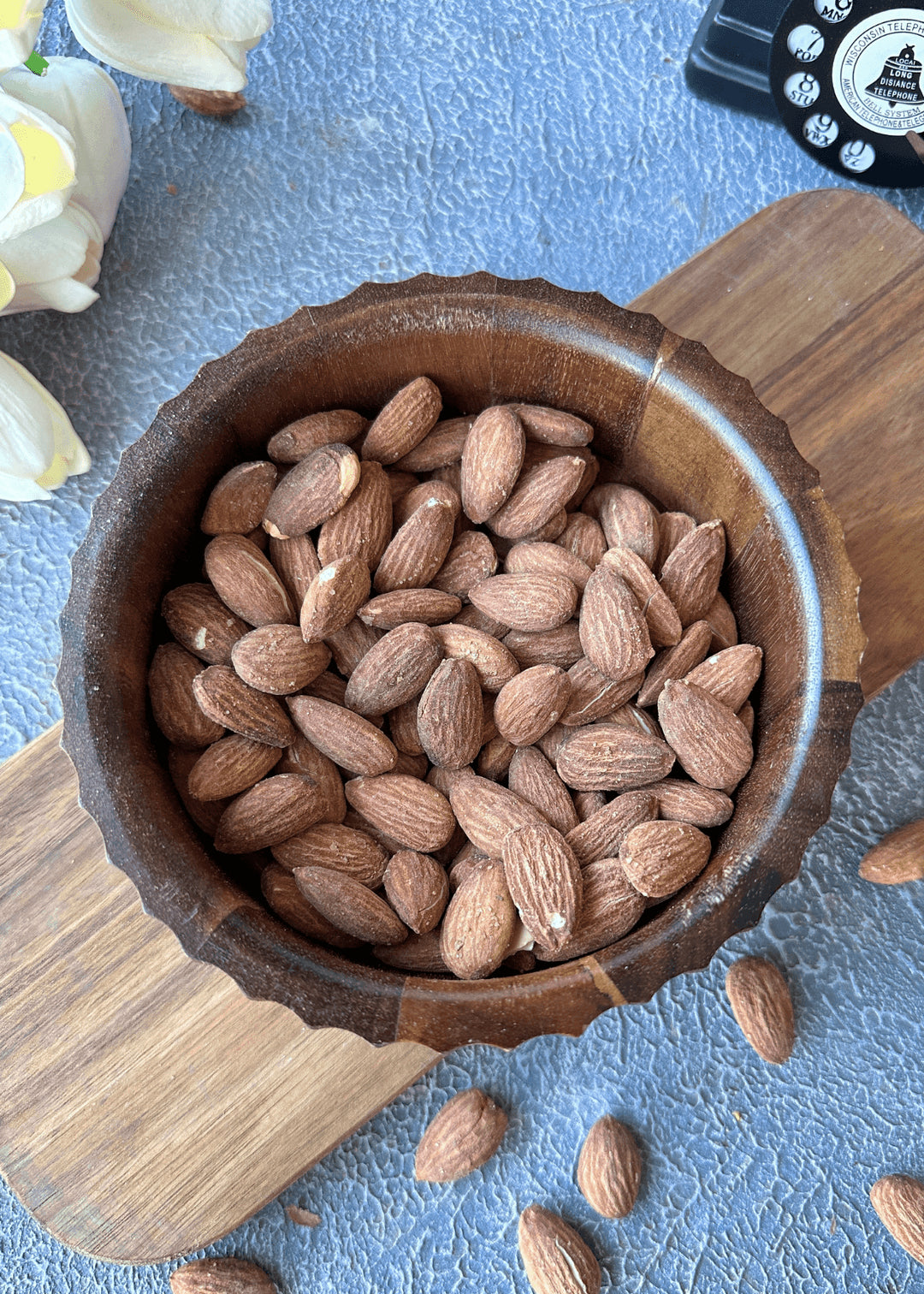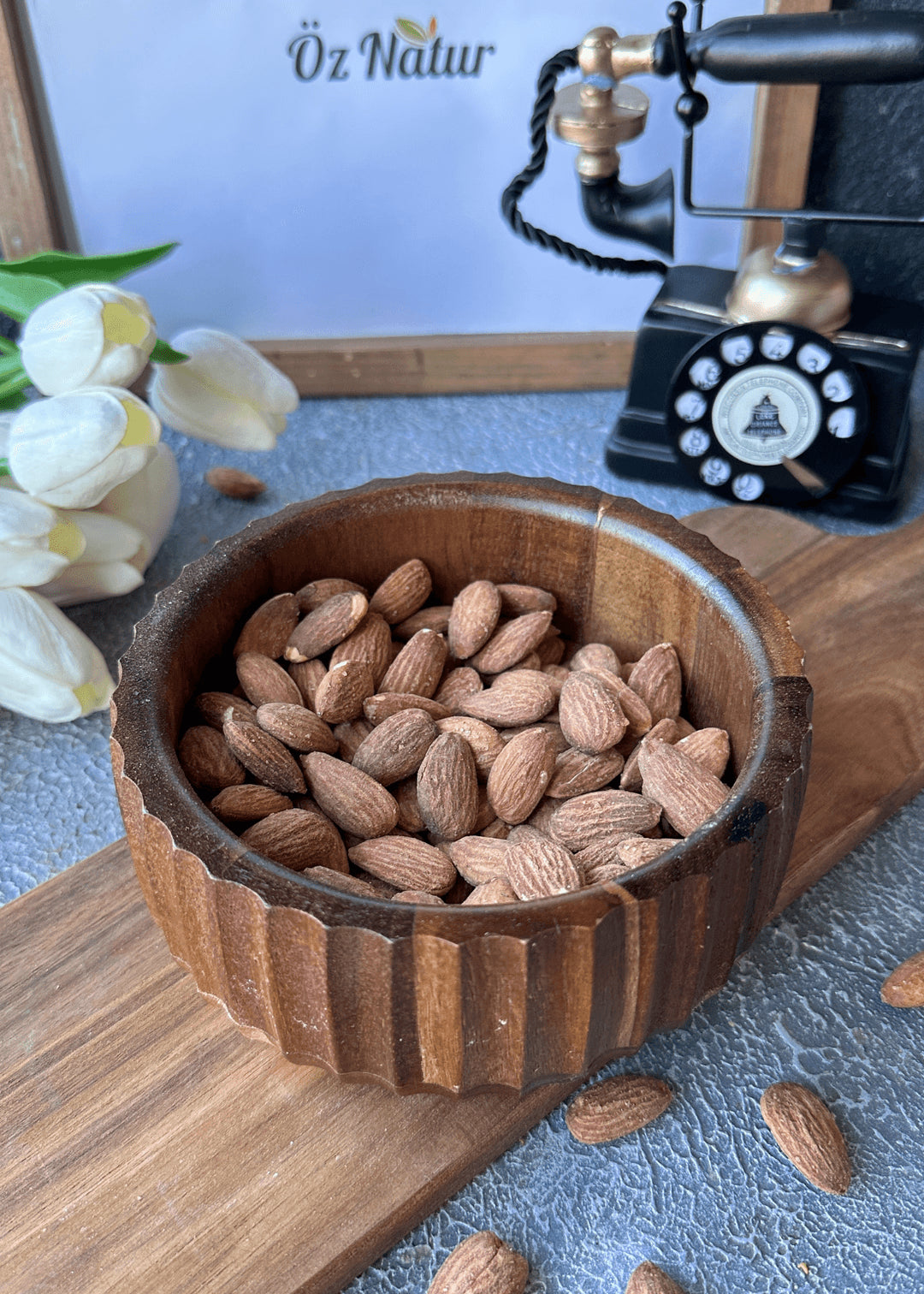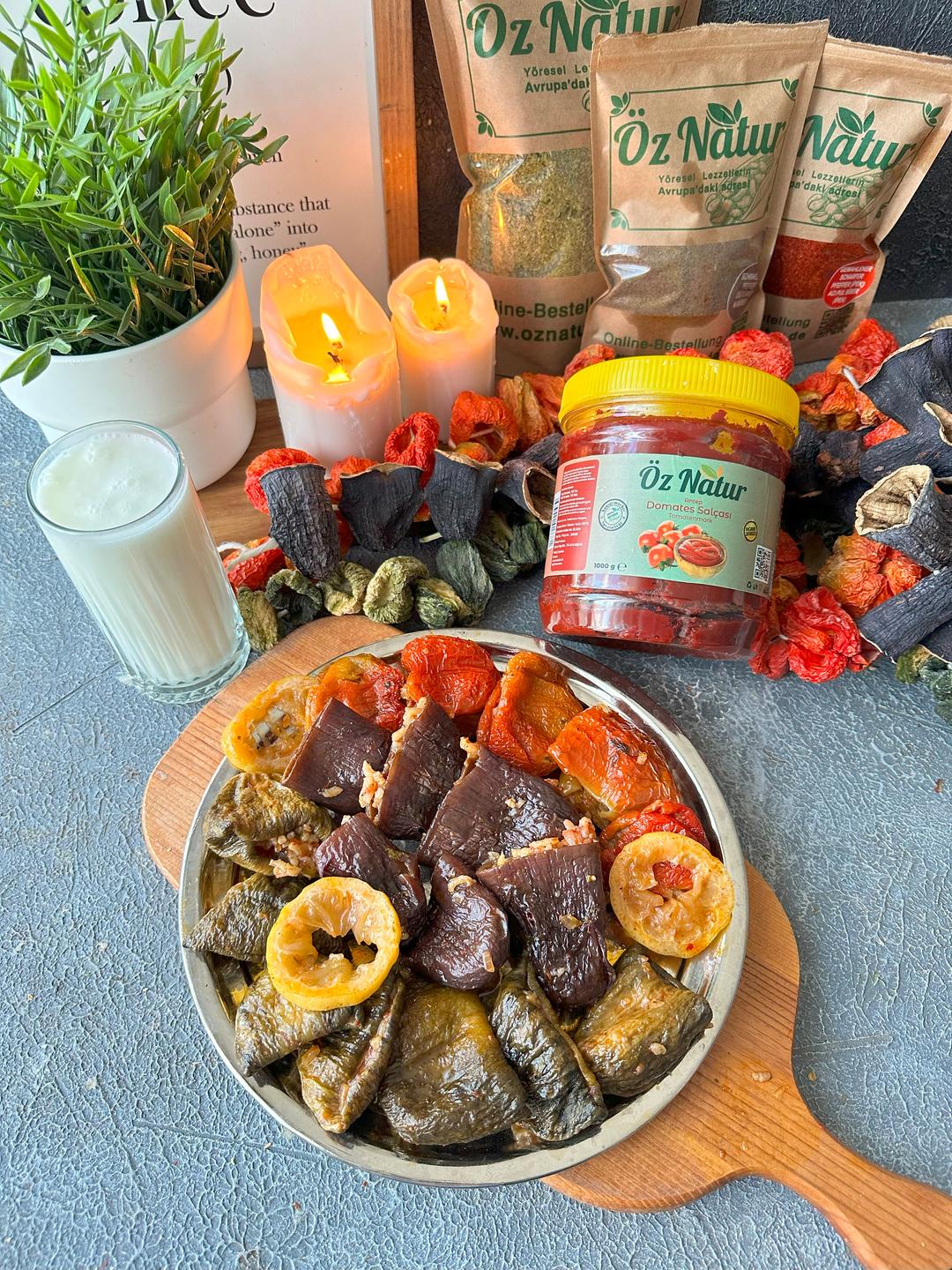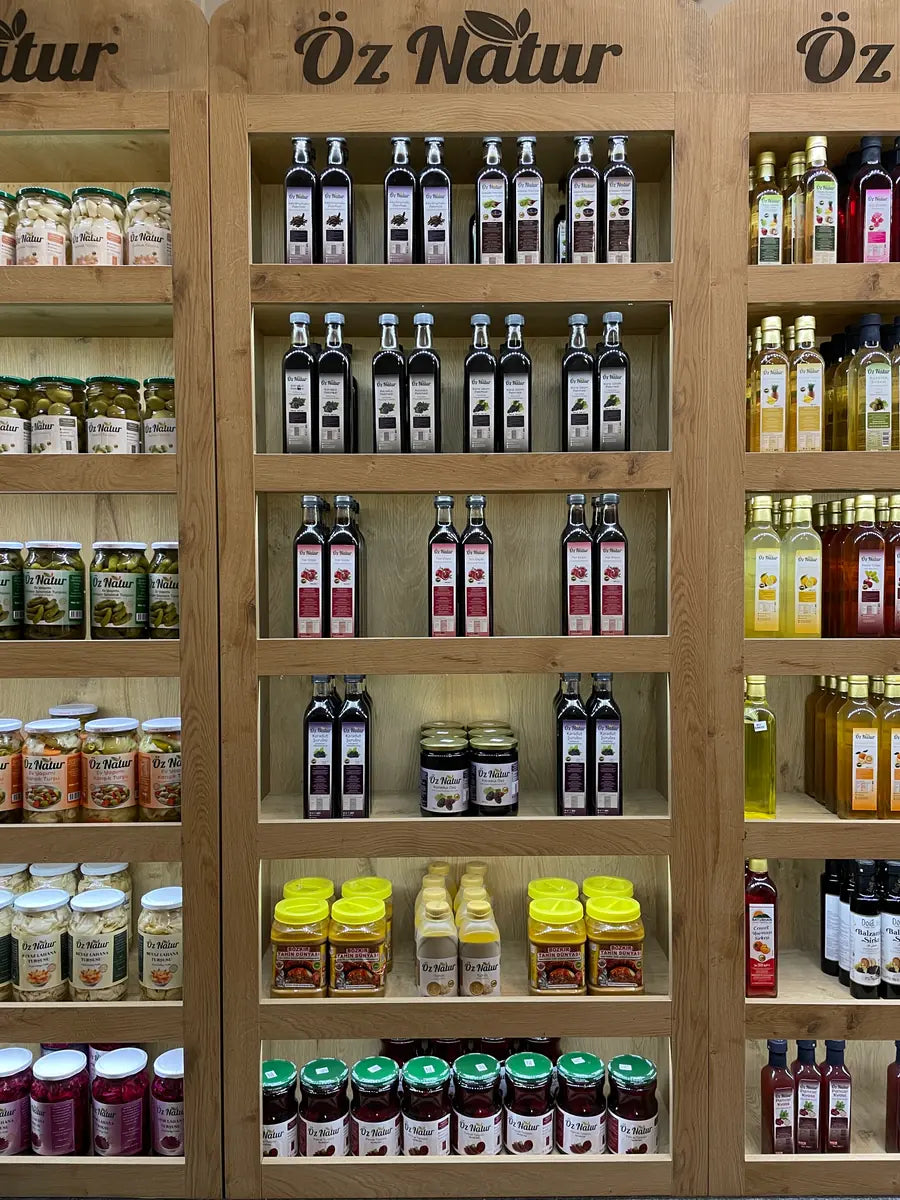Turkish delight, known as "lokum" in Turkish, is a sweet that originated in the Ottoman era and is recognized for its soft texture and distinctive flavor. Preparing lokum involves a careful balance of ingredients and technique. Especially the ratio between starch and sugar directly affects its consistency. Although making it at home may seem challenging, with the right approach it becomes a rewarding process.
With variations such as pistachio, rose-flavored, or plain, lokum is enjoyed as both a treat and a gift. Each type is prepared with specific ingredients and methods, which influence taste and texture.
What Are the Basic Ingredients of Lokum?
The basic ingredients of lokum include granulated sugar, cornstarch, water, and either citric acid or lemon juice. These are combined and cooked while stirring continuously until a thick, cohesive mixture forms. The final texture depends on the amount of starch used and the cooking time.
Flavor additions such as rosewater or orange blossom extract, and nuts like pistachios or walnuts, can be mixed in to create different varieties. The ingredients used determine both the flavor and appearance of the lokum.
The Importance of Starch and Sugar in Lokum
Starch is a fundamental element that gives lokum its structure. Together with sugar, it is cooked into a gel-like form that sets as it cools. The smoothness and consistency of the final product rely on using starch in the correct ratio.
Sugar not only adds sweetness but also affects the texture. It must be dissolved at the right temperature and handled carefully during cooking. If overheated, it may caramelize, making the lokum either too sticky or too firm.
Things to Know When Preparing Lokum
Making lokum requires even heat and continuous stirring. It should be cooked until it thickens to a specific consistency. A cold water test can be used to check this: when a drop of the mixture forms a ball in cold water, it is ready to be poured into a mold.
After pouring, the mixture is left to cool and is dusted with a mixture of powdered sugar and cornstarch. This prevents sticking and helps in portioning the final product.
How Are Pistachio, Rose, and Plain Varieties Made?
For pistachio lokum, roasted pistachios are added directly into the mixture during cooking. Rose-flavored lokum is made by adding rosewater or essence toward the end of the process, allowing the flavor to blend without losing its fragrance.
Plain lokum, on the other hand, contains no nuts or flavorings, which brings out the natural balance of sugar and starch. Each variation involves careful timing and measurement for a consistent result.
Tips for Making Lokum at Home
Use a pot with a thick base to prevent burning, and stir with a wooden spoon for better control of the consistency. The pot should also be large enough to avoid boiling over during cooking.
Once poured into a mold, let the lokum cool completely. It should rest for a few hours before being cut into cubes and coated in powdered sugar. Properly stored in an airtight container, it can stay fresh for an extended period.


